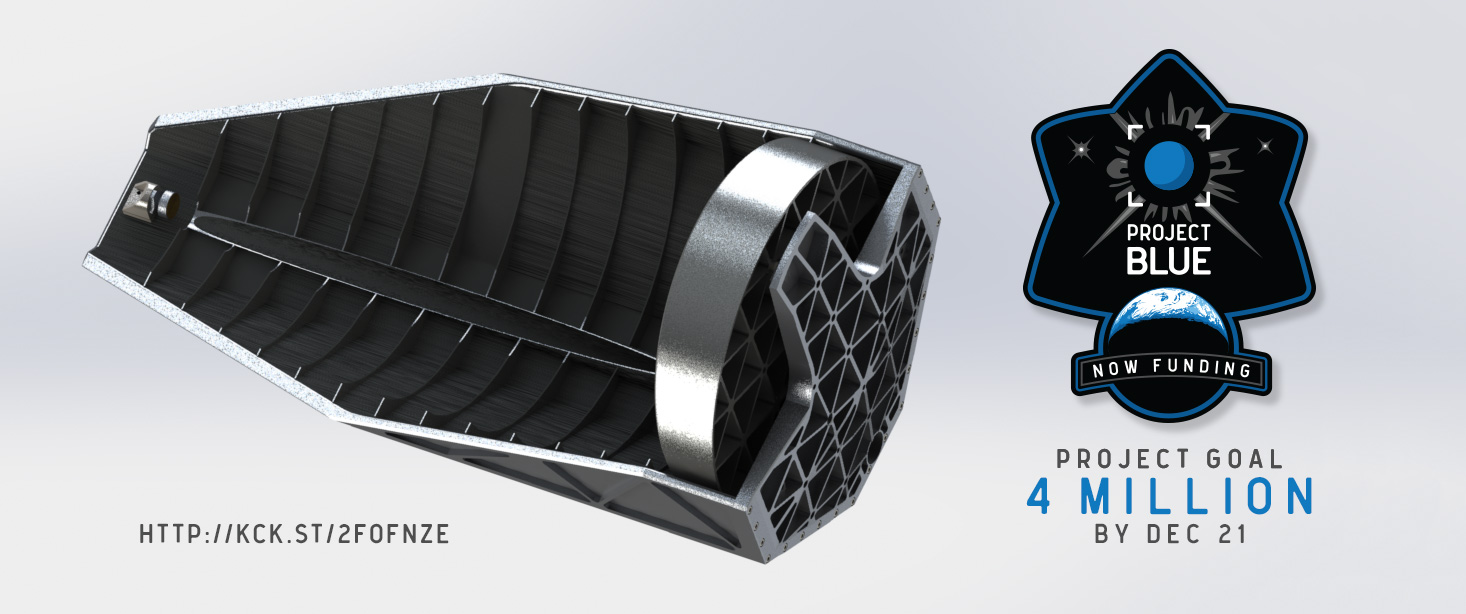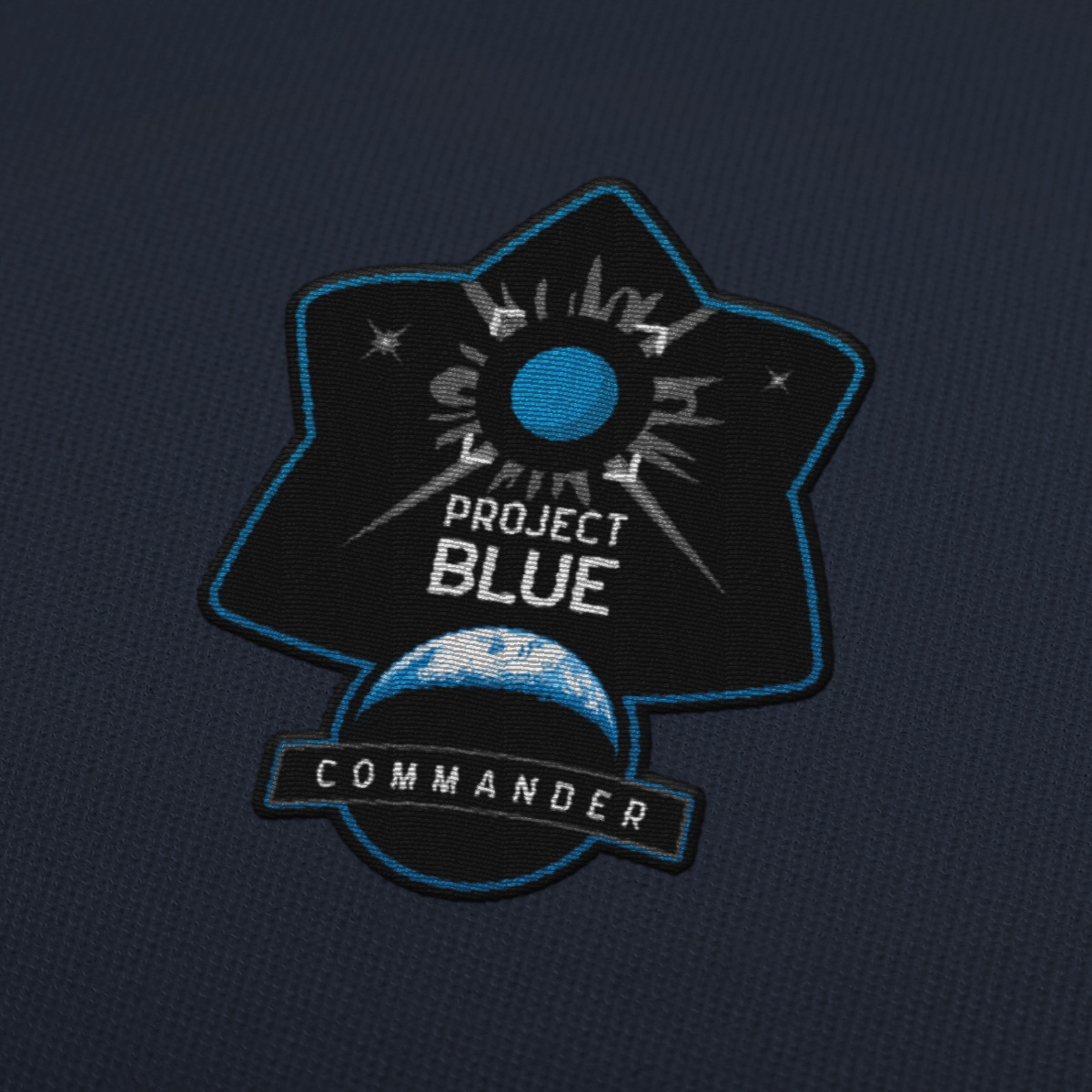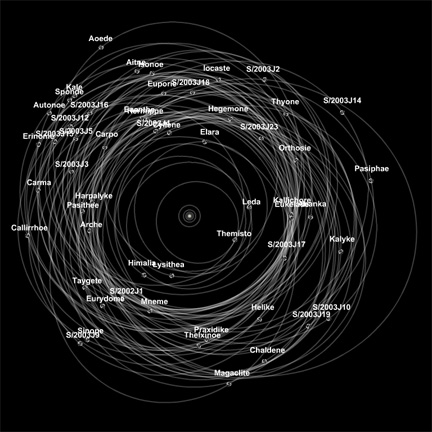 Help support the creation of the first space based telescope dedicated to the observation of one star system: Centauri our closest celestial neighbor. Project Blue’s ultimate goal is to take the first visible light image of an Earth like planet outside of our own Solar System. The Kickstarter funding goal is 1 million, but I have been posting this image with the goal of 4 million becuase that pays for everything except getting the telescope launched.
Help support the creation of the first space based telescope dedicated to the observation of one star system: Centauri our closest celestial neighbor. Project Blue’s ultimate goal is to take the first visible light image of an Earth like planet outside of our own Solar System. The Kickstarter funding goal is 1 million, but I have been posting this image with the goal of 4 million becuase that pays for everything except getting the telescope launched.
The mission patch was designed by our sister site chopshopstore.com, well known for their Robotic Spacecraft Series of prints. They are also responsible for the official mission patch for The Planetary Society’s LightSail. As of now only the patch design is released to the campaign, but there are also plans for a more detailed limited edition screenprint for the campaign to be unveiled around November 28.




